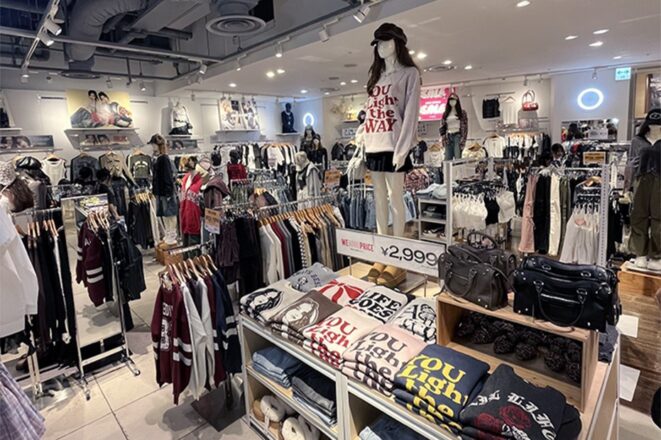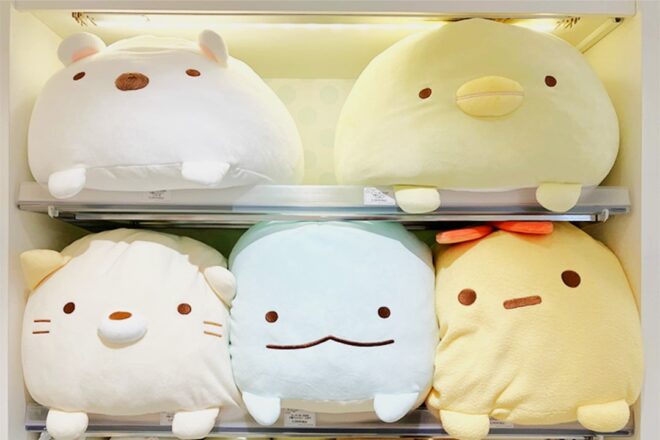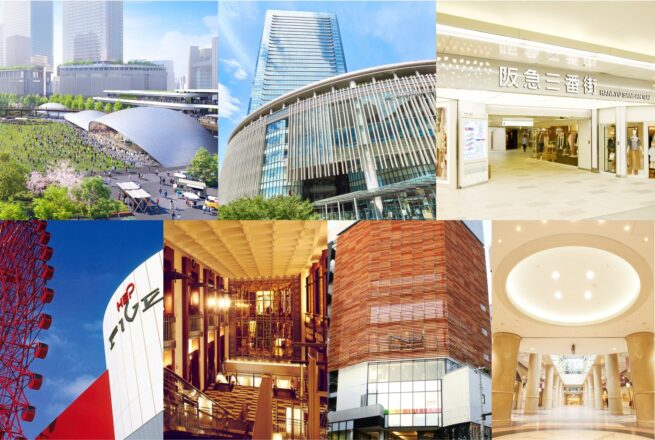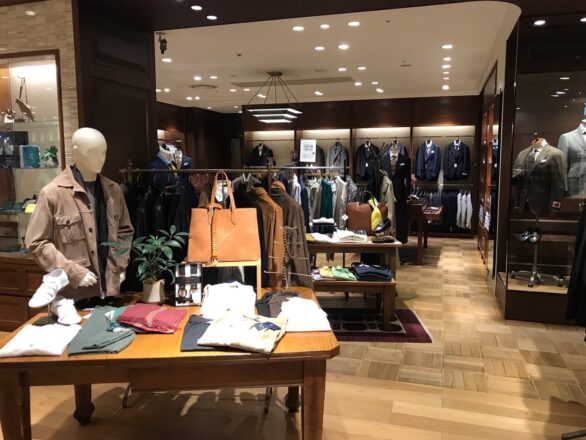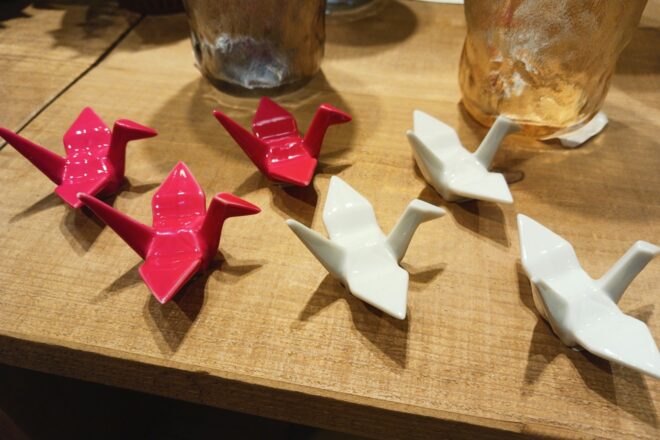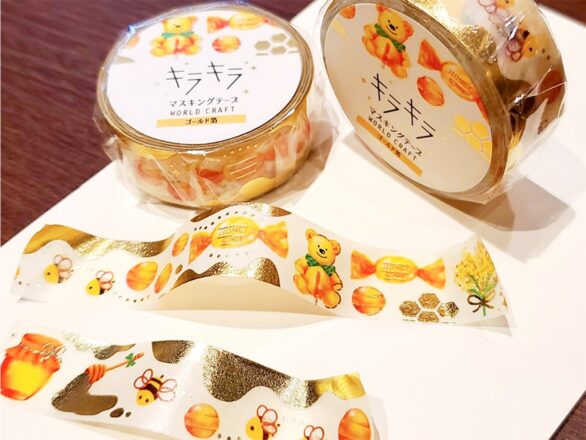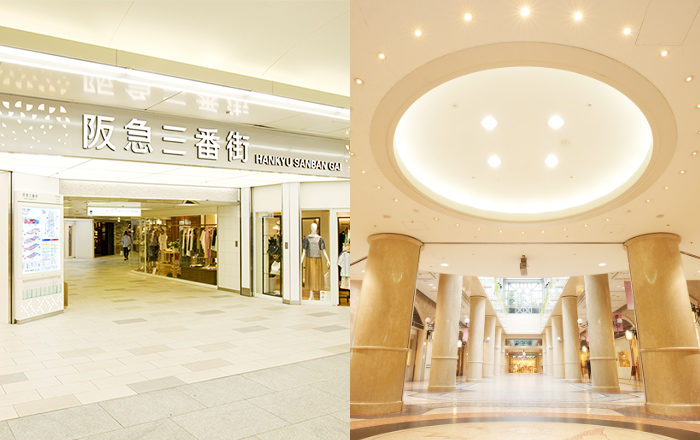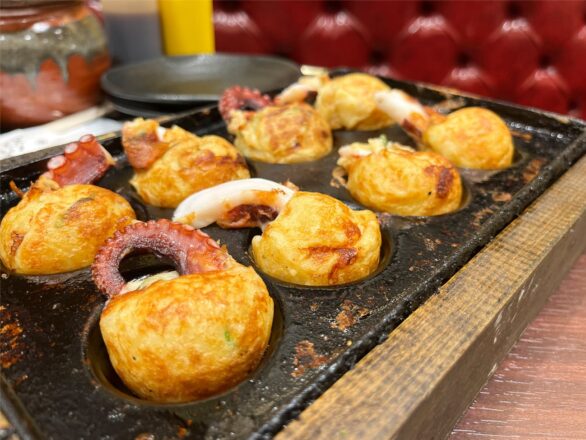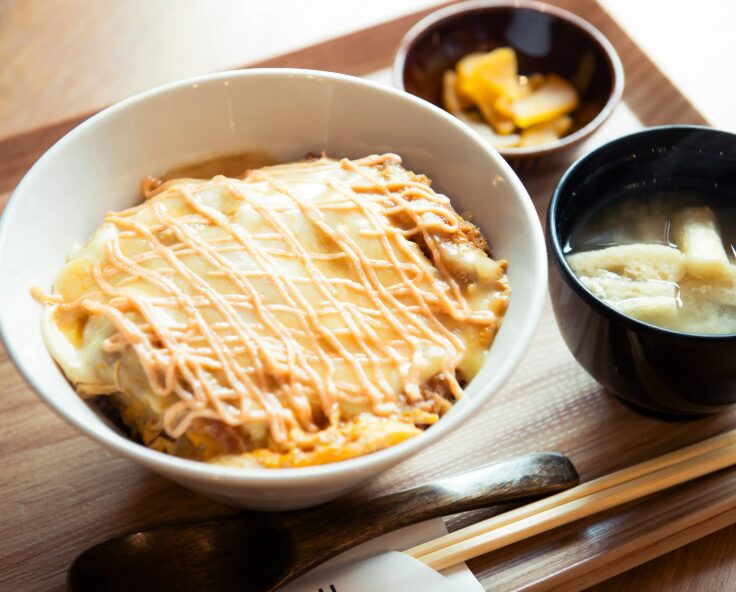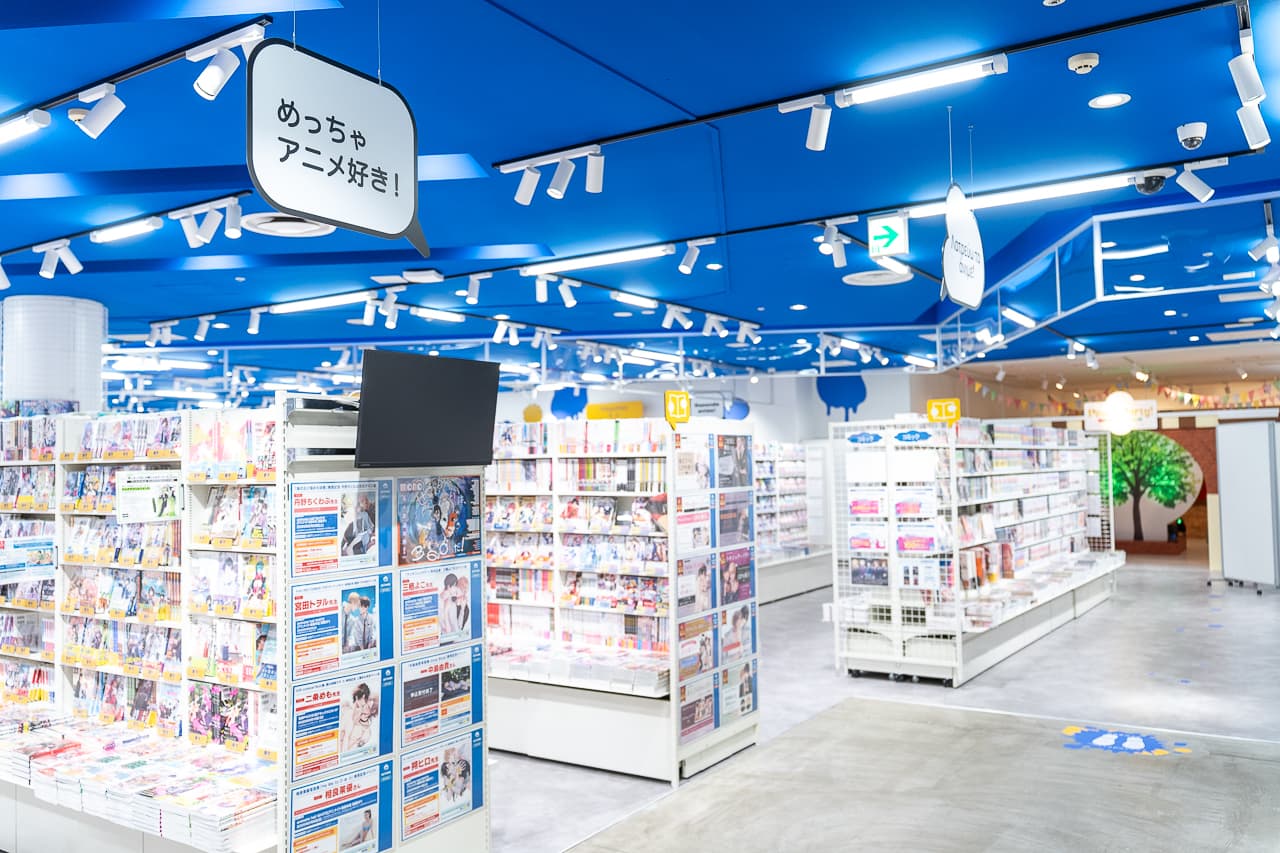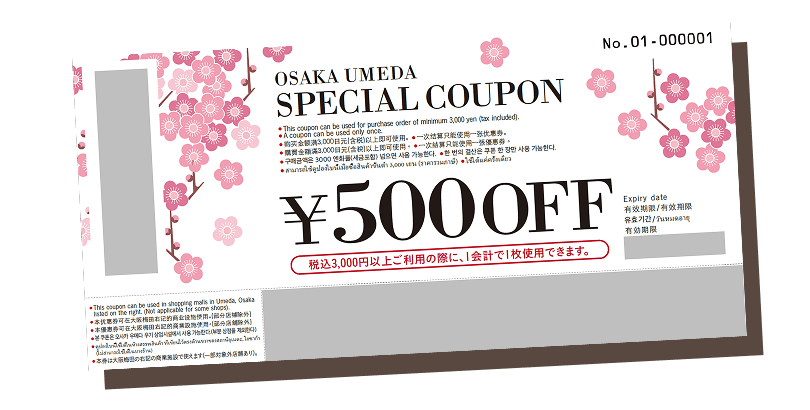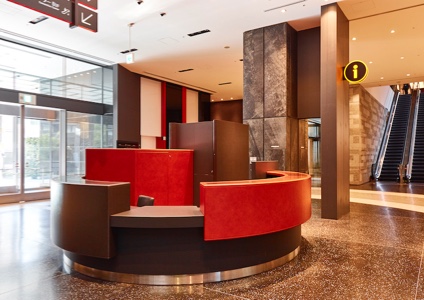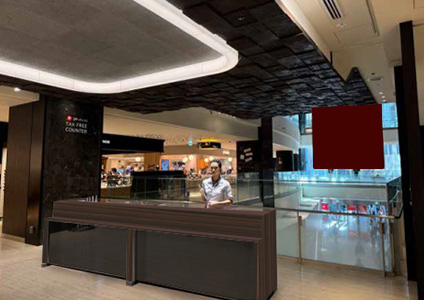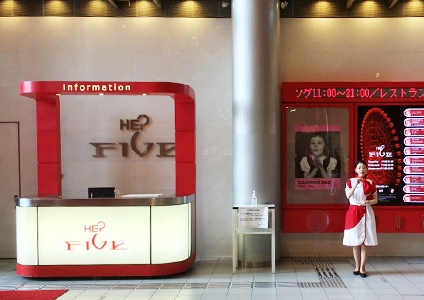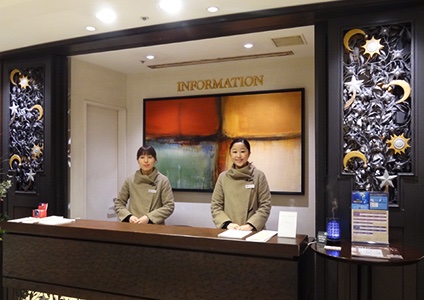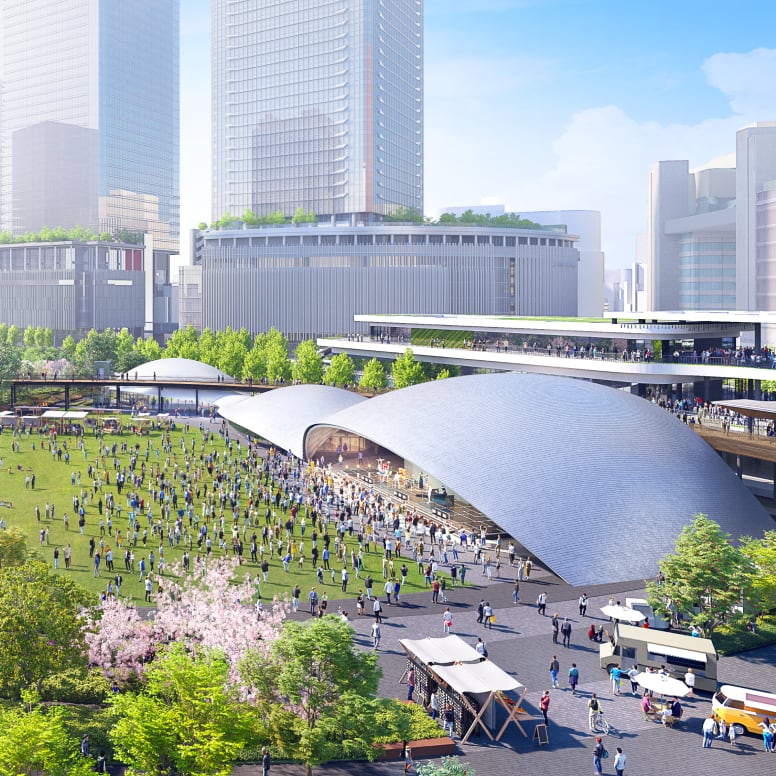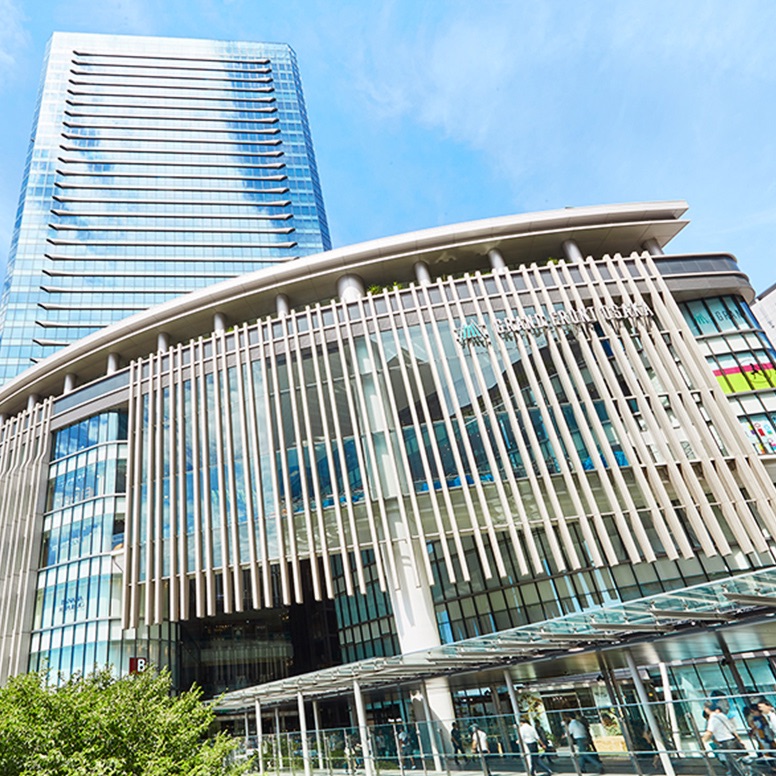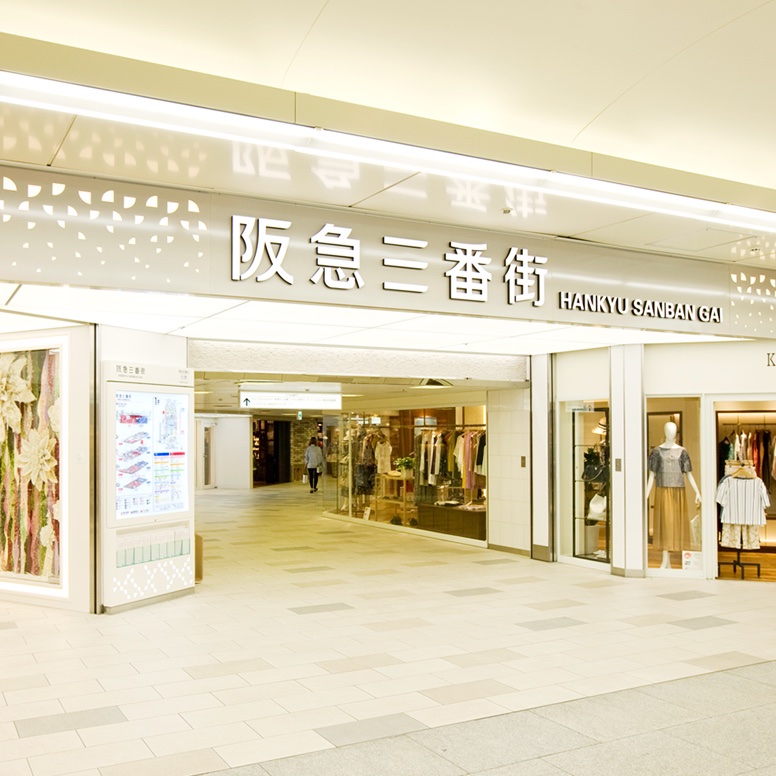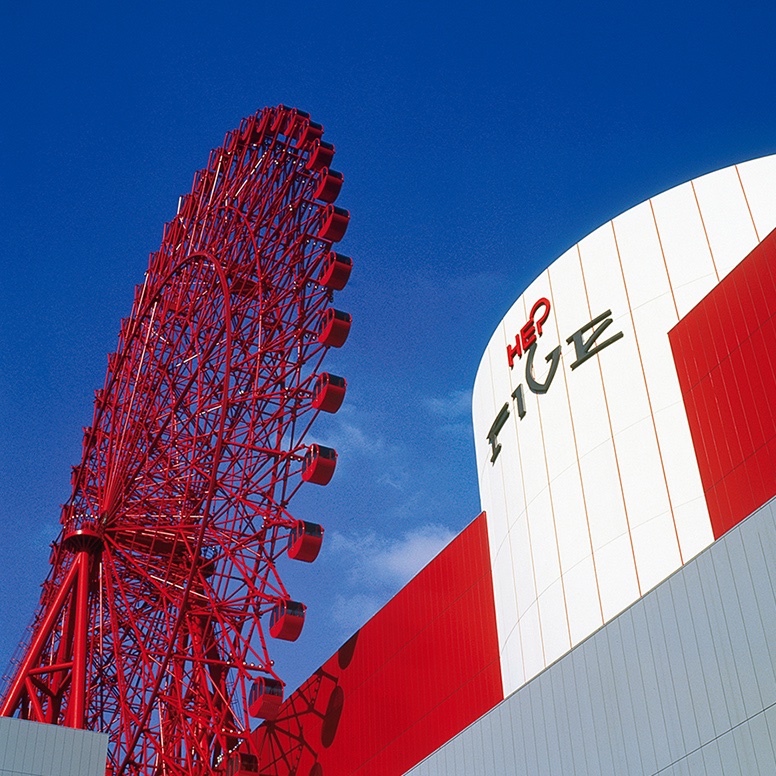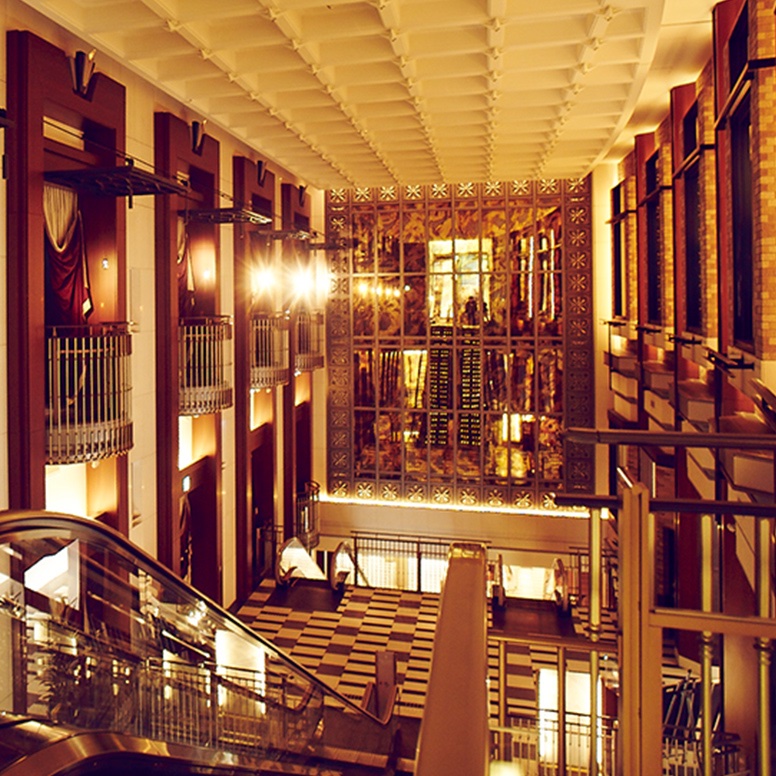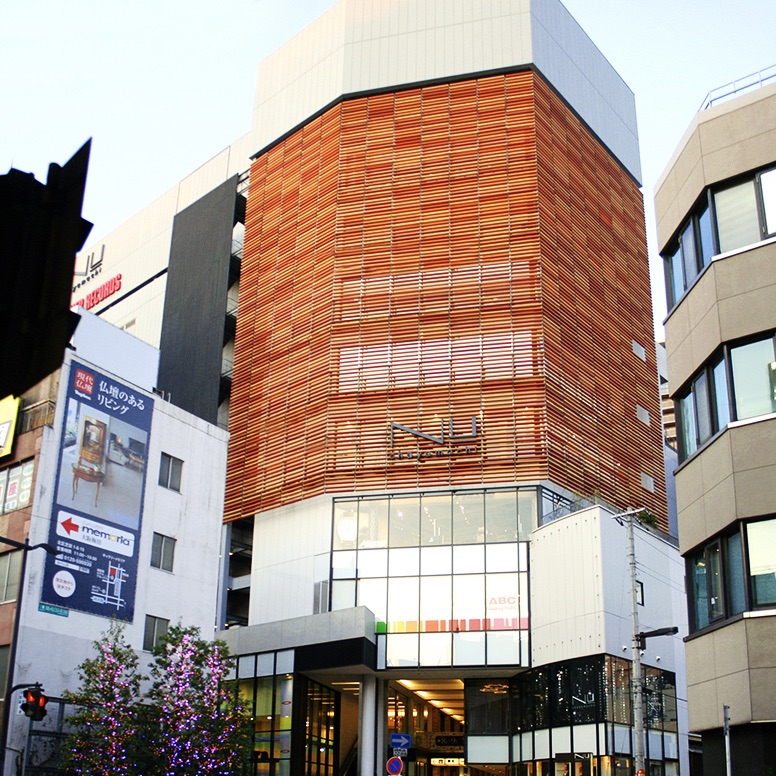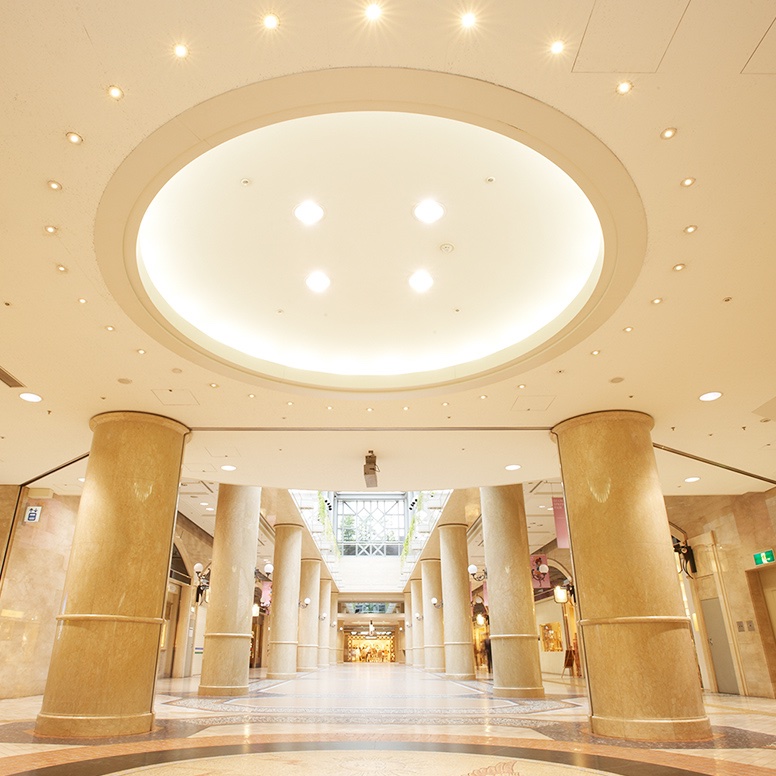All Aboard! A Guide to Riding the Rails to Umeda’s Shopping Paradise
2022.03.18
- Sightseeing
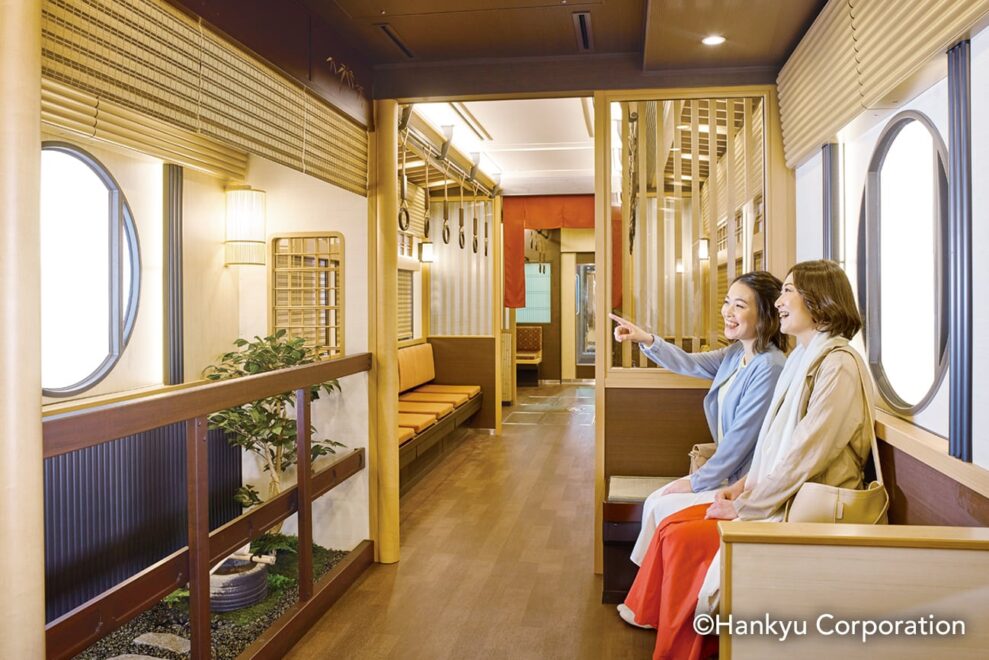
It’s no secret that Umeda is Osaka’s finest spot for fashion and entertainment, with multiple malls offering a range of shopping and dining experiences. From trendy youth fashion to upscale brands, there’s something special in store for everyone.
Umeda’s central location in the Kansai region makes it an easy-to-access destination. There’s no need for a car to get there, as a number of train lines run directly to Umeda. Whether you’re coming from Kyoto or Kobe, there’s a convenient train route available. Read on for all the key information about how to ride the rails to the shopping paradise of Umeda in Osaka.
Table of Contents
All (Rail)Roads Lead to Umeda
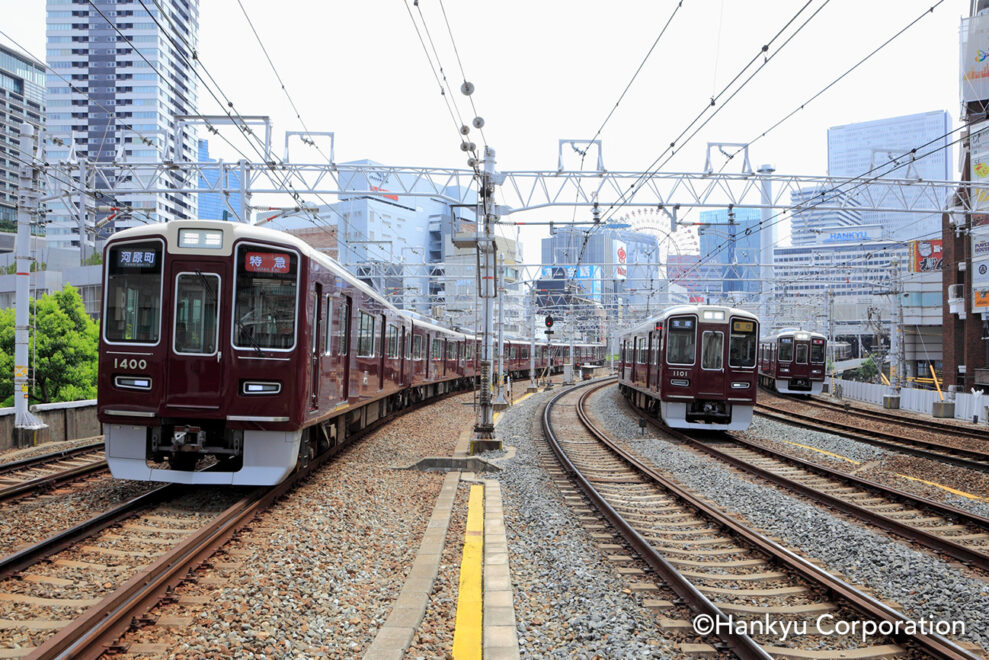
Japanese train maps can sometimes be a little overwhelming, but thankfully if you ride either Hankyu or Hanshin trains, not so in the case of a trip to Umeda. What you need to know to arrive in comfort and style is pretty straightforward. Best of all, you don’t need to worry about missing your destination - Umeda is always the first or last stop! Let’s break it down by departure locations.
From Kyoto
The Hankyu Line is what you’ll want to catch if you’re staying in the popular destination of Kyoto City. Kyoto-Kawaramachi Station is located underground in the bustling Shijo shopping district. With such a convenient departure location, it’s easy to fit in a half-day visit to Umeda after a morning of sightseeing in Kyoto. After all, the ride is only about 45 minutes on a limited express train.
From Kobe
You have two great options for getting to Umeda from Kobe, both of which depart from Kobe-Sannomiya Station. This large station complex is home to a number of above and below-ground trains, but you’ll want the Hankyu or Hanshin lines for a ride to Umeda. Both trips are approximately thirty minutes if you hop on one of the limited express trains that run frequently throughout the day.
From Takarazuka
If you happen to be visiting the hometown of the beloved Takarazuka Revue, there’s a simple route to and from Umeda available. Express trains run regularly between Takarazuka Station and Umeda. Why not make the thirty-five-minute ride and catch a show after lunch in one of Umeda’s upscale dining spots?
Hankyu and Hanshin: Chugging Ahead of the Competition
As you probably noticed, all of the above-mentioned routes are run by either Hankyu Railway or Hanshin Electric Railway. There are other rail companies in the Kansai region, but these two railways stand out above the rest for a few special reasons.
For over one hundred and twenty years, Hanshin has connected the cosmopolitan port of Kobe with central Osaka. Where other rail operators seek to expand their network, Hanshin has remained focused on its key transportation corridor in an effort to offer the best service for riders. For a ride between Kobe and Osaka, Hanshin has remained a popular favorite of locals. In 2009, they added an additional branch of track that links Kobe to Namba in southern Osaka, thereby further enhancing their commitment to the vital network between these two important port cities.
Hankyu Railways has a similarly respected history. Since 1910, Hankyu trains have been running the rails painted in the company’s distinctive maroon color. Their cars are known for their attention to detail and elegance, with sharp interiors sporting wood-patterned paneling and panoramic windows. The seat upholstery on many of their trains are even made from high quality wool from Angola sheep, providing an additional touch of the comfort and style that Hankyu trains are known for.
Locals have a special place in their hearts for these two railways, and a trip on Hankyu or Hanshin trains promises to be one fully immersed in local culture.
A Touch of Kyoto on the Tracks
As a special treat for riders arriving to Umeda from Kyoto, Hankyu Railway operates a pair of special designer trains. These railcars draw upon the timeless style of the ancient capital of Kyoto to create relaxing spaces unavailable on other commuter trains. Both of these rapid limited express trains operate only on weekends and holidays, and require no extra ticket or seat charge. Furthermore, because these are rapid limited express trains, you can arrive in Kyoto-Kawaramachi in just about 45 minutes. If you're going to visit Kyoto, this is how you'll want to get there!
The older sibling of this pair is the Kyo-train, introduced in 2016. There’s a refined elegance to each carriage, with an overall design sense mimicking a traditional Kyoto machiya townhouse. The dark color of the carpeted floors is evocative of the earthen entryways found in these old homes, and the use of wooden lattice in key areas is similarly reminiscent of the machiya style.
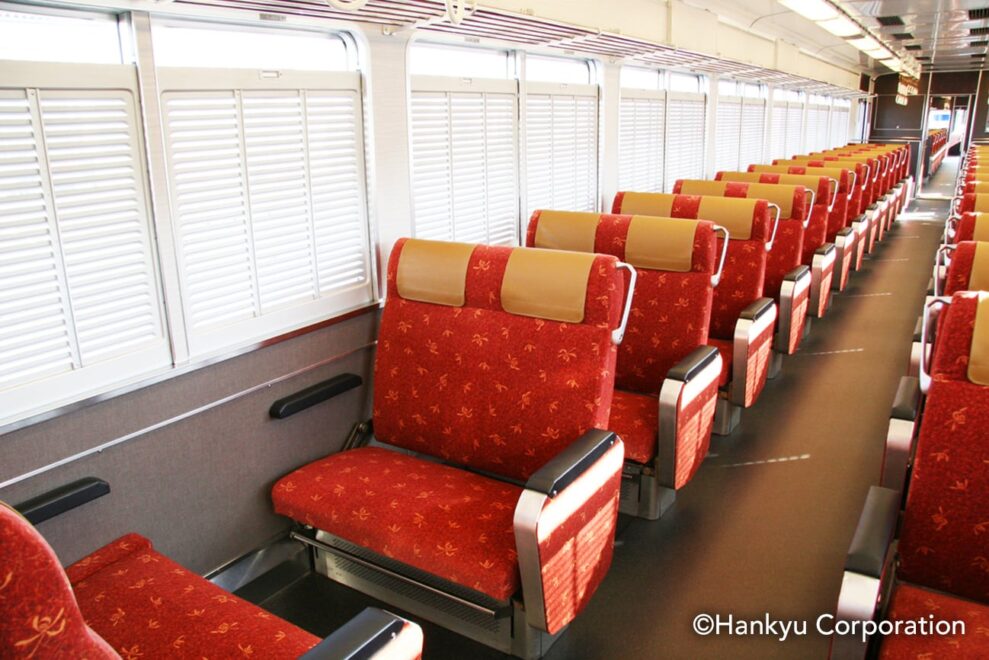

Depending on which car you sit in, you’ll be treated to a unique interior on the Kyo-train. The plush seats are decorated in a selection of different hues overlaid with famous local floral motifs. Orchids, hemp, and bamboo patterns create inviting spaces enhanced by warm lighting and signature window shades. In the center of the train, a pair of cars features seats that use woven tatami mat material as a design accent, and partitions between seats to create semi-private spaces.
The lack of advertisements inside the train is a welcome element that gives each car an even more relaxed feel. While overall modest in its approach to interior design, the Kyo-train is a delightful ride with a unique and inviting atmosphere.
In response to the popularity of its weekend Kyo-train, Hankyu introduced an additional special train in 2019. The Kyo-train GARAKU is an even more impressive Kyoto-themed set of railcars. The theme of Kyoto is used once again but it’s further enhanced by a focus on the seasons, giving each carriage a unique feel.
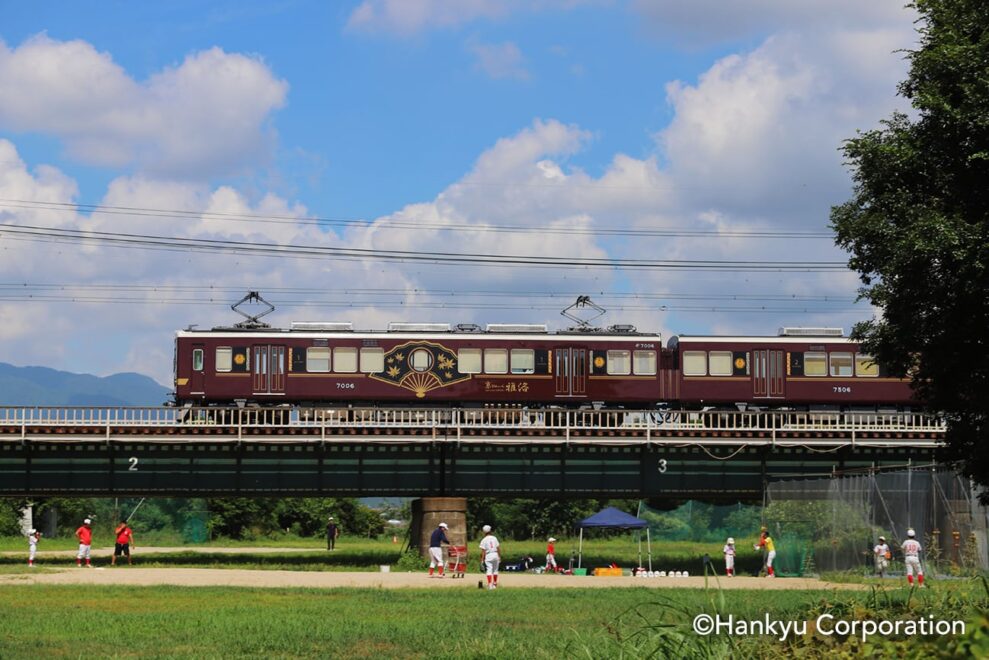
The most celebrated aspect of the Kyo-train GARAKU is the clever use of gardens. Yes, that’s right - a pair of small Japanese gardens on a train! These mini-landscapes are featured in two carriages and give the spaces a delightfully Kyoto-like atmosphere.
Elsewhere on the Kyo-train GARAKU, you’ll find a variety of comfortable seating designed for making the ride to and from Umeda all the more enjoyable. The cars themed around spring and summer flowers feature rows of seating that directly faces the train’s panoramic windows. This is perfect for taking in the sight of springtime cherry blossoms as they pass by, or simply admiring the local scenery all year round.
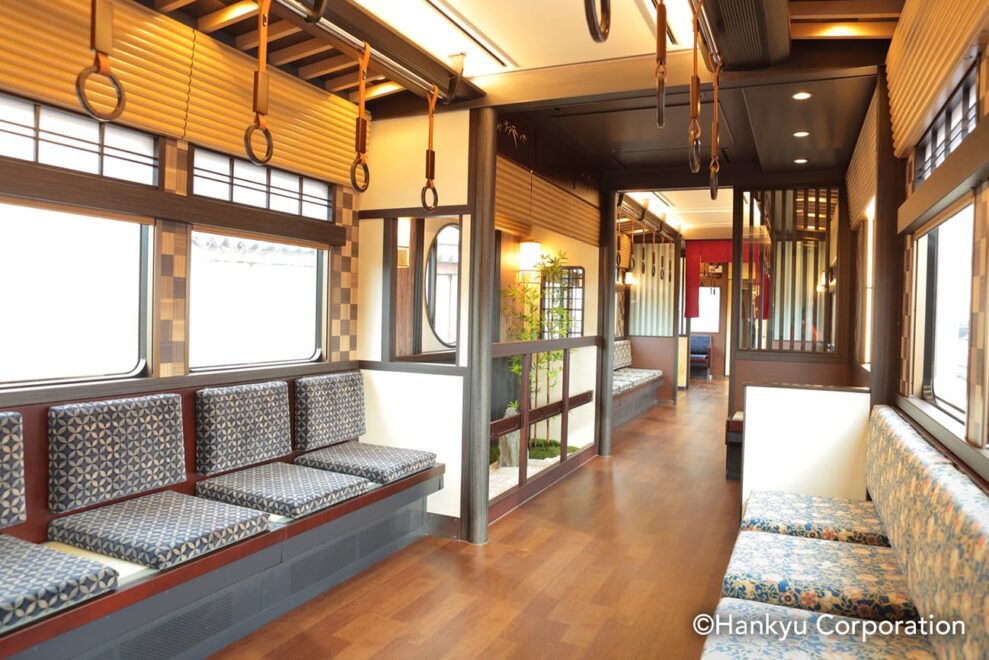
A high attention to design detail is evident throughout the Kyo-train GARAKU. Hankyu has filled each car with charming touches like circular windows in key locations and accent lighting to illuminate wall paintings. This is definitely a train that you’ll want to walk through to see all of the designs on display. Best of all, it’s highly Instagrammable and sure to be one of the more memorable moments of your Japan vacation.
Operation Information
Hankyu’s limited express designer trains operate on weekends and holidays only. They depart from Kyoto-Kawaramachi Station and arrive at Umeda approximately 45 minutes later. Below are the departure times from Kyoto-Kawaramachi Station.
Kyo-Train departs at the following times:
11:41 13:41 15:41
Kyo-train GARAKU departs at the following times:
10:41 12:41 14:41 16:41
(If Kyo-train and Kyo-train GARAKU are out of service due to scheduled maintenance, limited express service will be fulfilled by standard trains)
All Wrapped Up
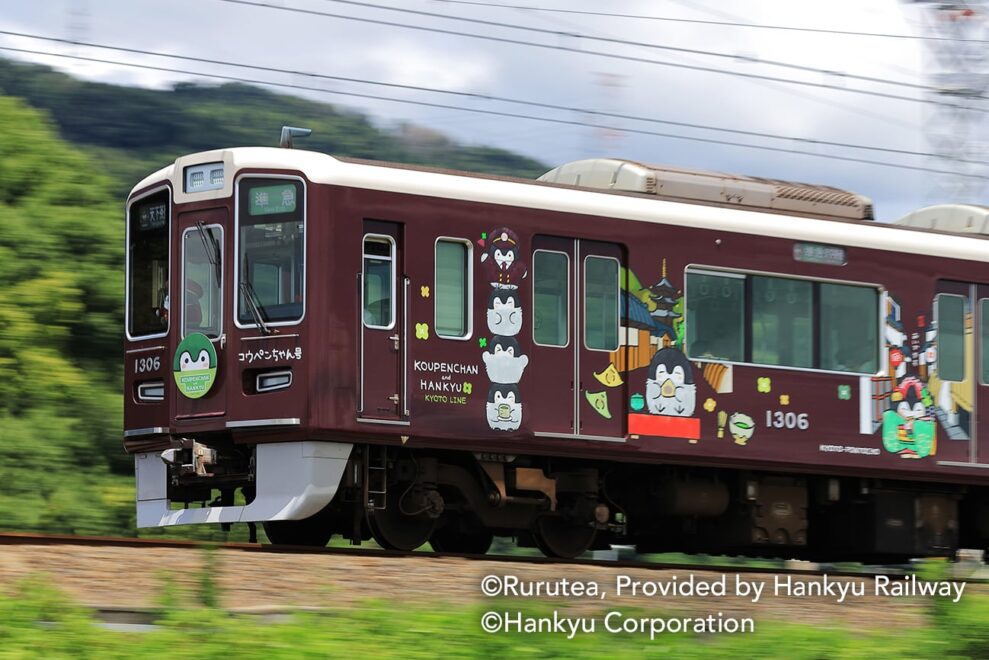
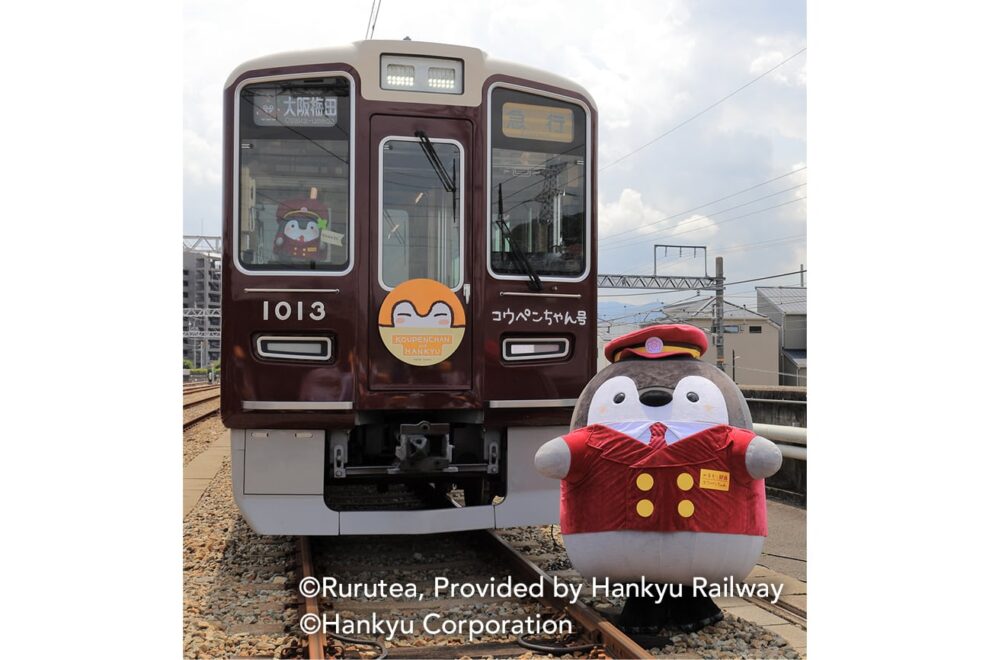
Even if your travel schedule doesn’t line up with the timetable for Hankyu’s designer trains, there’s still a chance to experience something special on the way to Umeda. Your Hankyu or Hanshin train might pull into the station wrapped in promotional stickers! These limited-time decorations are used in a variety of promotional campaigns, so you might just find the next train pulling in wearing some special decorations. Let’s look at a few recent popular train wrappings.
In 2021, Hankyu wrapped select trains with artwork featuring Koupen-chan, a cute penguin character popular with children. The little bird wore the iconic maroon Hankyu uniform of Hankyu and appeared on the side of trains along with his other friends. Koupen-chan surely brought plenty of smiles to riders on their daily commute.

Sometimes wrapping can be used to promote local tourism destinations, as is the case with the Go! Go! Nadagogo campaign. For this celebration of the Nadagoogo sake brewing region in the Kobe area, Hanshin has transformed both the interior and exterior of one special train. It’s wrapped in colorful decorations featuring cats enjoying the region’s famous sake brands. As of early 2022, this wrapped train is still operating on several Hanshin lines, so keep an eye out for it as you travel.
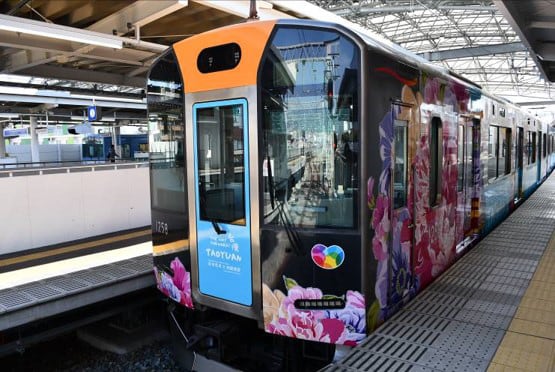
Another wrapped train still running is from the recent Taoyuan Metro x Hanshin Railway Collaboration campaign. Train operators in Japan and Taiwan showcased their friendship by wrapping a Hanshin train in bright floral designs and cute depictions of Taiwanese food and animals. This is a great example of how train wrapping can be used to promote international relationships during a time when travel is limited.
Japanese Train Manners
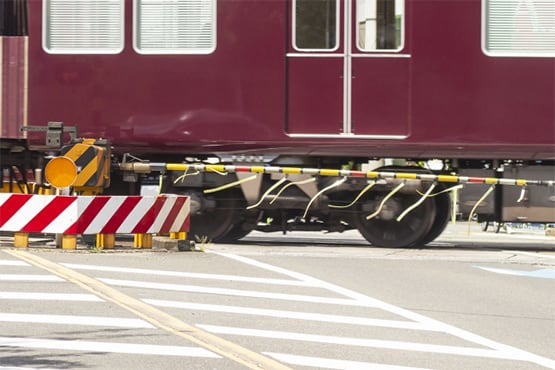
Osaka is known for its friendly and boisterous citizens, but things get a little quieter once you board a train. Japanese train manners are world famous for a reason; they create a more enjoyable ride for everyone on board. Here are a few easy ways to ride a train like a local.
Keep the noise down.
You’ll notice that train cars here are nearly silent. Conversation among riders is kept at a minimum, and answering a cellphone is a big faux pas. Watching media or listening to music without headphones is looked down upon as well. Preserve the silence and enjoy the quiet as you travel to your destination.
Observe pandemic guidelines.
Masks are taken seriously in Japan, and you are encouraged to wear one on trains. Try to maintain social distance when possible.
Be mindful of space.
Local commuter trains are not designed to accommodate a large amount of oversized luggage. Be mindful of the space that you occupy, and put bags under seats and on overhead shelves when you can. Also, be aware of where you are standing and do not block doorways and aisles, as passengers need to get on and off quickly at stops.
Respect priority seating.
Most trains have special seating sections at the ends of each car. These are for elderly or disabled riders, as well as parents with small children. You can use these seats if the train isn’t busy, but be ready to offer your seat to someone in need should the situation arise. Priority seats are marked by stickers nearby, so be sure to check when you get on the train.
Last Stop: Umeda
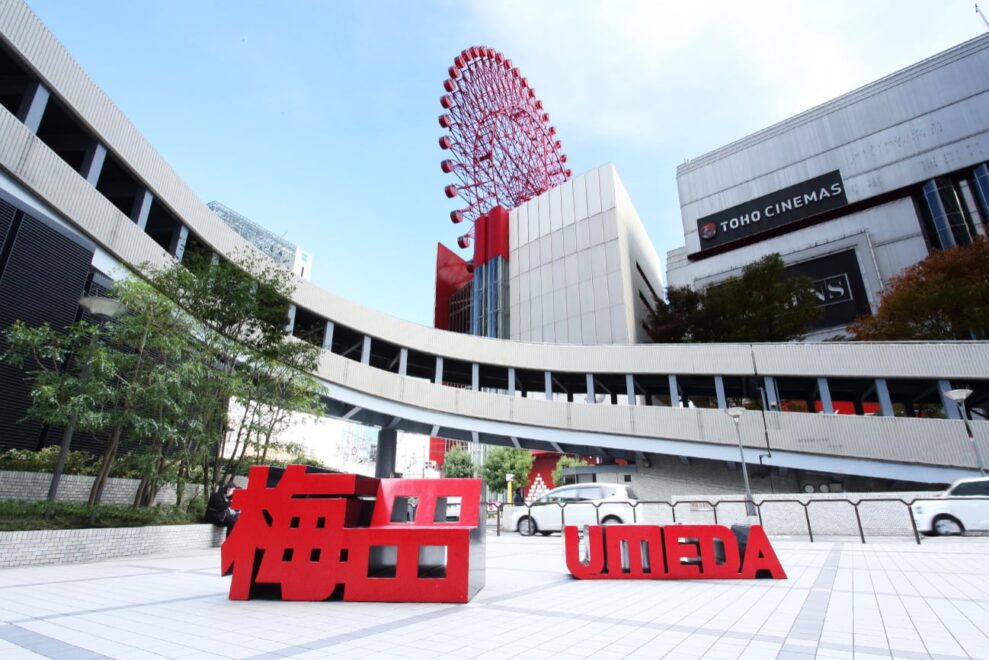
Are you ready to depart? Your train is arriving and Umeda is your destination! As the low urban sprawl gives way to skyscrapers, the heart of Osaka comes into view from the train windows. Umeda is the last stop on all of the above-mentioned Hankyu and Hanshin lines, and it’s here that you’ll find the excitement that you’ve been seeking.
Within the Umeda district, there are a number of malls bursting with captivating shopping experiences. Youthful fashion and trendy styles can be found at the NU chayamachi shopping center, while HERBIS and GRAND FRONT OSAKA cater to an upscale brand-focused crowd. Families and teens will enjoy HEP FIVE, with multiple floors of shopping and entertainment crowned with a landmark ferris wheel. All of these locations also feature fantastic dining opportunities with enough variety to please all palates.
For more information on Umeda, check out some of our Trip Ideas.
*Information in this article is accurate as of the date of posting. There is a possibility that details regarding these products and services have changed, or that some shops have since closed.
Popular Articles
Coupon
All Mall Coupon
500 yen off

